This exhibit was created in collaboration with Emily Nelson, who completed her B.A. in History at the University of Wisconsin-Madison in Spring 2015.
Several necessary establishments occupied Wisconsin towns at the turn of the 20th century: a blacksmith shop, a tavern, a bank, a drugstore. Other locations were novelty treasures, such as the ice cream parlor. Sometimes located within the drugstore, the ice cream parlor offered a sweet frozen dessert as well as a new social activity for all ages. From elegant parlors to sundae fights to a snack for study breaks, Wisconsin has many flavors of ice cream history.
Ice cream parlor proprietors had two options at the turn of the 20th century: craft their own ice cream from scratch or purchase brands churned out in a factory. Wisconsin was in luck when the mechanics of refrigerated transport were fine-tuned near the end of the 19th century. This technology allowed for the safe transport of cold foods to local businesses across the state. Refrigerated train cars and trucks kept ice cream from melting into soup. Big producers like Shurtleff in Janesville or Bendfelt in Milwaukee could ship their ice cream across the state to be scooped out in local parlors.
Ice cream was a treat meant for special occasions. People usually did not have a pail in their freezer but traveled to town for a scoop. Before cones were the keepers of the cream, frozen delights were served in tall soda glasses or swooping dishes. And flavor came in many varieties: signs boasted the availability of dozens of options, while syrups and toppings added even more pizzaz. Pharmacies and drugstores usually held a corner of their shop for a soda fountain, serving dessert just as easily as remedies. Other common locales for a soda fountain were confectionery shops and lunch counters.
Ice cream parlor decor screamed indulgence. Lamps dotted countertops every few paces while fancy dishware glittered from within glass cabinets. Backless stools lined the counter in the same fashion as a tavern, encouraging lone visitors to converse with the person stationed behind the counter. By the mid-20th century, some parlors featured jukeboxes and even gambling machines.
The world’s first ice cream sundae may have been scooped out at a soda fountain in Two Rivers, Wisconsin. Since at least the 1970s, Two Rivers has continued a friendly — but serious — battle with Ithaca, New York for the title of “Birthplace of the Ice Cream Sundae.” The Wisconsin sundae origin story goes that, in 1881, Edward C. Berner was working at his soda fountain one Sunday when one of his regulars, George Hallauer, asked for an ice cream soda. The problem was the local ‘blue laws’ restricted the drinking of soda on Sundays. Choosing to compromise and respect the blue laws, Berner and Hallauer came up with an idea to pour soda syrup over a dish of ice cream. After rave reviews, Berner decided to add the creation to his menu, priced at a nickel.
In 1951, the University of Wisconsin-Madison opened its own ice cream parlor — the Babcock Hall Dairy Store — as a way to bring the work of the Food Science Department directly to the public. Researchers and students use milk from the University’s own dairy herd as well as nearby farms to craft ice cream and other treats.
Ice cream as a social experience lives on at Babcock Hall, even as many classic parlors in the state have disappeared. The Dairy Store continues to be a popular meeting place for college students looking to get away from stressful studying and a must-see spot for out-of-town visitors. A favorite point of conversation is to compare the list of flavors tried: Blue Moon (invented in Wisconsin!), Berry Alvarez, or the timeless favorite, vanilla.
UPDATE: After we posted the photo of a young Jeremy Menchik enjoying ice cream at Babcock Hall, Bettie Landauer-Menchik wrote in to share details about her family’s longstanding connections to UW-Madison. She graduated as Bettie Landauer with a BA in Political Science and Indian Studies in 1969 and a Master’s in Education in 1979, her son Daniel Menchik graduated with a BA in Political Science and Journalism in 1999, and son Jeremy (pictured above) received his PhD in Political Science in 2011.
Sources
The images in this online exhibit come from the following digital collections:
- Eau Claire Area Historical Photographs, Chippewa Valley Museum
- Janesville’s Past, Hedberg Public Library. Part of the State of Wisconsin Collection from University of Wisconsin Digital Collections
- Manitowoc Local History Collection, Manitowoc Public Library. Part of the State of Wisconsin Collection from UWDC
- Milwaukee Historic Photos, Milwaukee Public Library
- “Remember When . . .”, Milwaukee Public Library
- Turning Points in Wisconsin History, Wisconsin Historical Society
- Two Rivers History, Lester Public Library. Part of the State of Wisconsin Collection from UWDC
- UW-Madison Collection, UW-Madison Archives. Part of the University of Wisconsin Collection from UWDC
References
- Maggie Ginsberg-Schutz, “Mission: Delicious,” Grow: Wisconsin’s Magazine for the Life Sciences Summer 2012.
- Bethany K. Laursen, “Standing in line, standing in a legacy: An environmental history of the Babcock Hall Dairy Store,” Wisconsin Magazine of History vol. 97, no. 3 (2014).
- Nara Schoenberg, “Blue Moon – Cold Case: An Ice Cream Mystery,” Chicago Tribune, August 31, 2007.
- Linda Stradley, “History and Legends of the Ice Cream Sundae,” What’s Cooking America, 2004.
- Michelle York, “The Ice Cream Sundae’s Birthplace? That’s the 64,000-Calorie Question,” New York Times, August 6, 2006.


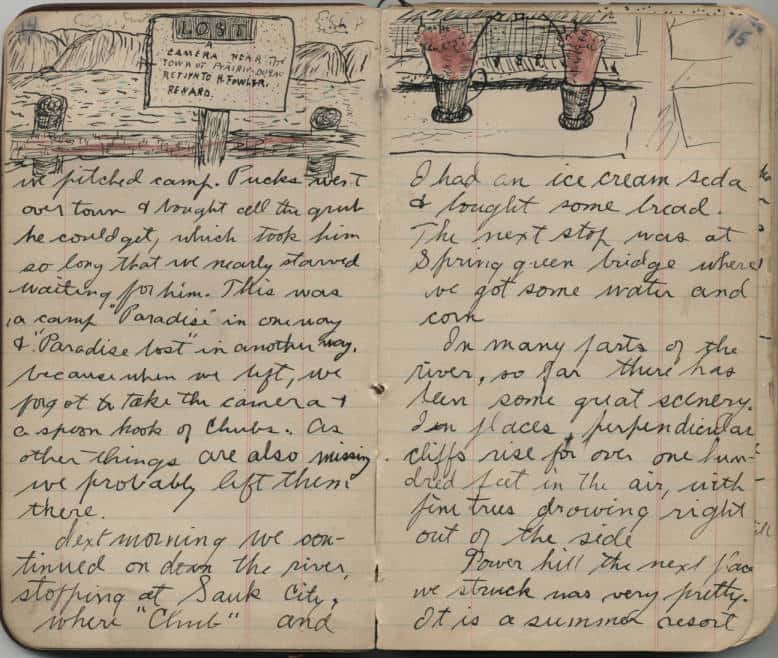
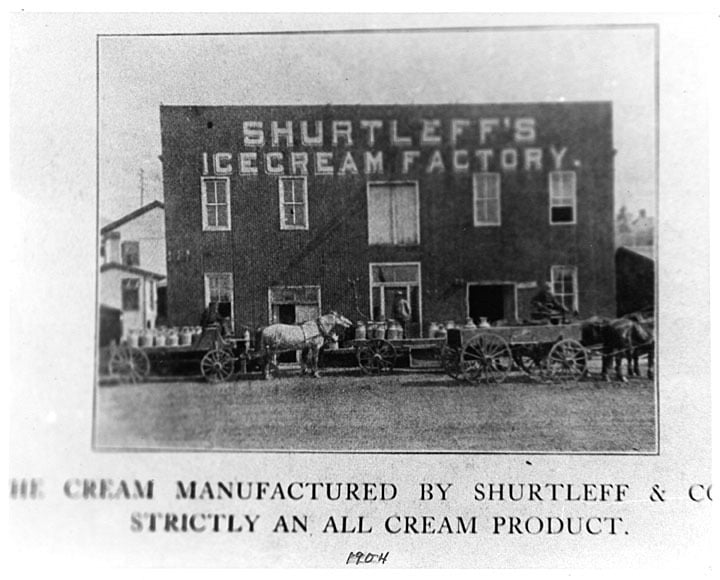
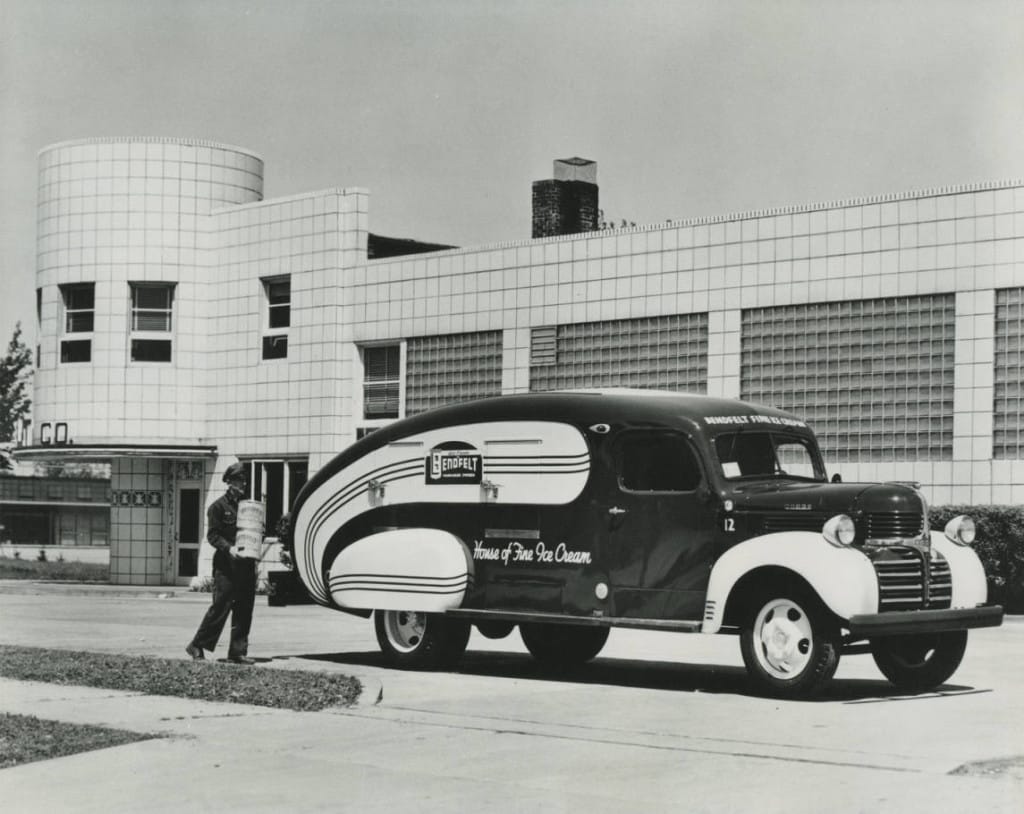

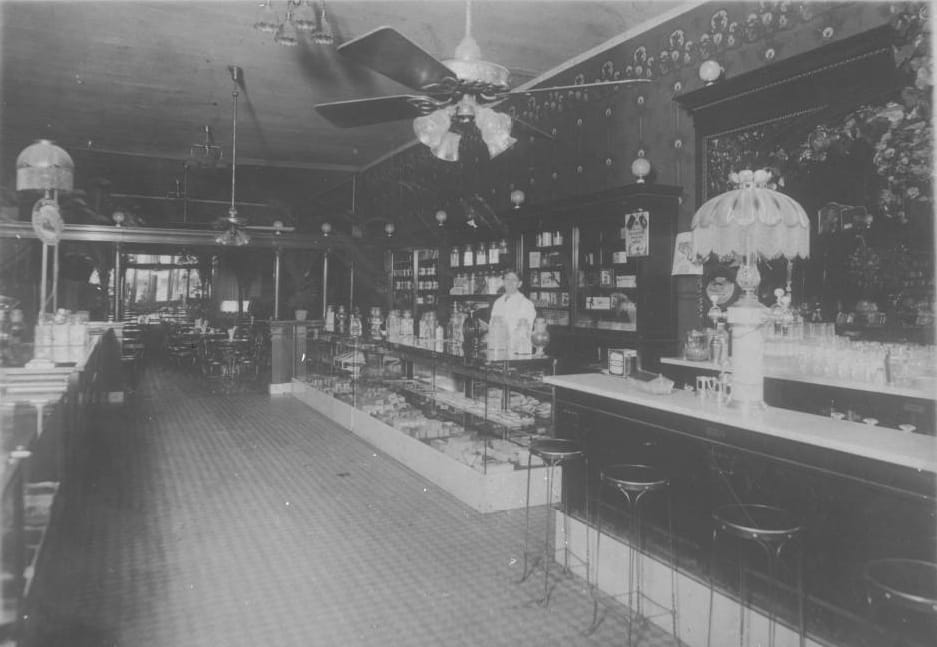
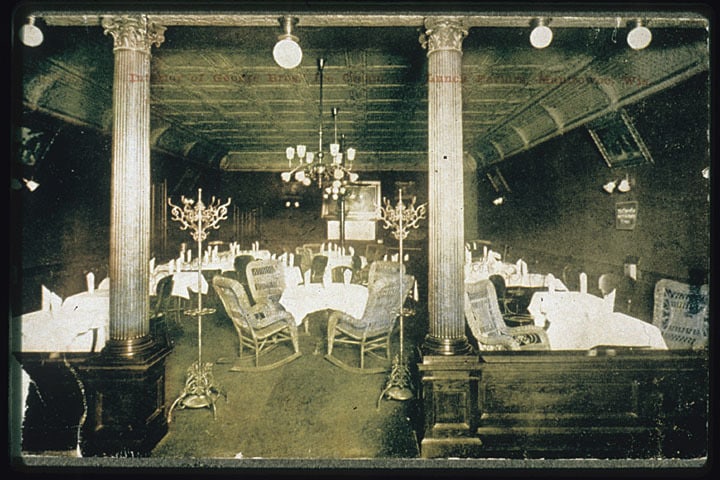
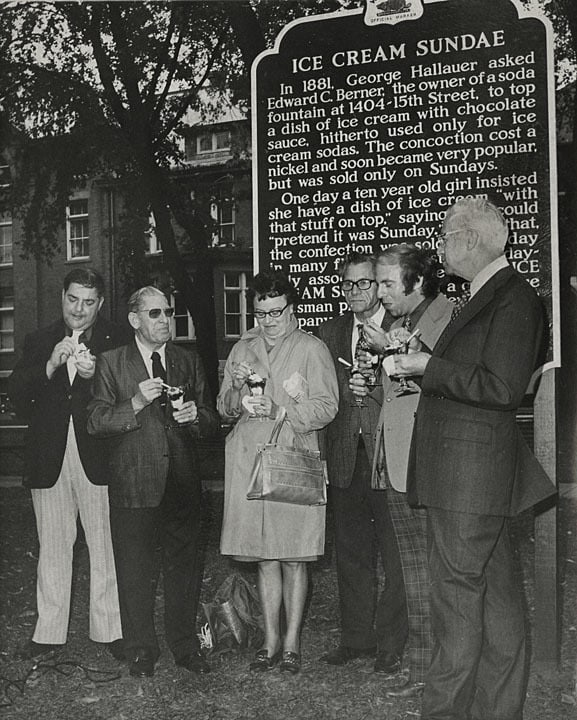
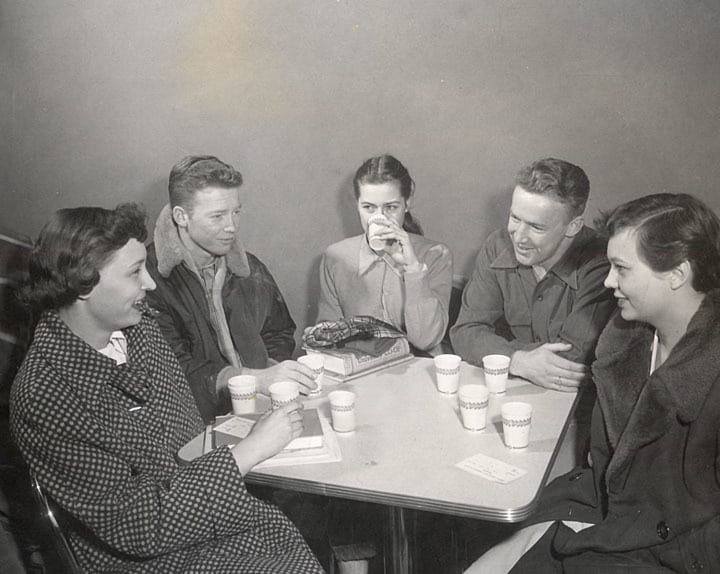
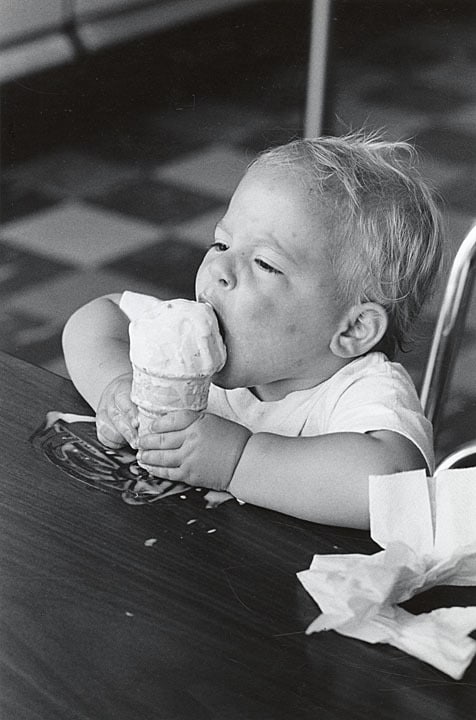


You must be logged in to post a comment.